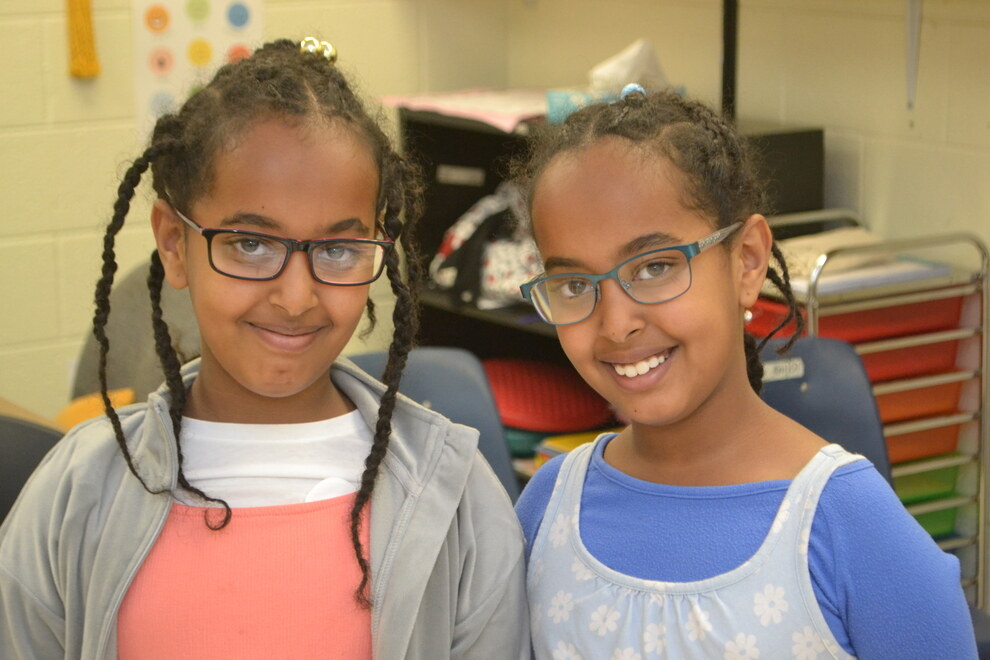I bet you can’t think of anything more smile-inducing than a baby’s smile. Just seeing one – the real thing or even a photo – makes you smile. It warms your heart and it makes you forget about everyday worries. As a pediatrician, I get to see babies all the time, but it never fails: Whenever I see those beautiful ear-to-ear grins, it always makes me smile, too.
Babies don’t smile from day one, but I tell new parents at their baby’s 2-month visit that things are going to get a lot more fun going forward. Let’s face it, the first two months are pretty tough on families: sleepless nights, constant feedings, completely mysterious crying. I sometimes refer to it as the crying-sleeping-pooping-growing phase. During this phase, you might get a random smile, or babies seem to focus on you, but then some distant neuron doesn’t fire quite right and they’re looking off at a random spot on the wall.
You can’t see it, but millions of neurons are connecting, talking to each other, and taking control. It’s mind-boggling how complicated it is for a tiny human to smile in response to a stimulus. Neurons have to make the right connections to other neurons; different neurons have to connect to muscles; electrical discharges change calcium concentrations in muscle fibers, and on and on. Then those muscles have to be coordinated in order for anything to actually move. The whole process is something you learn in medical school and makes you start believing in a higher power. How could all this work? There are so many things that need to happen or could go wrong, and yet, that science of a baby smile almost always happens perfectly.
At first, your baby knows how to cry (no kidding!), swallow, breathe, etc., but when born, she can’t yet truly smile. Yes, sometimes they smile when they’re sleeping, or passing a baby gas bubble, or who knows what, but true social smiling takes some time.
It’s a natural process that usually results in a genuine smile when your baby is about eight weeks old, but people around the baby are very important to this working out right. You’re the one holding her and talking to her. It’s your touch, your feel, and your smell that are important to making baby smiles happen (and babies can’t get these things from an iPhone or books!). Remember, you can’t spoil a baby in the first months of life. If you don’t talk to, hold, rock, and yes, smile at your child, this wondrous process will be slowed considerably.
And it’s so important to us as a species that it happens very quickly. Smiling is one of the things that makes us human, even though there’s new evidence to suggest that smiling is not uniquely human. The act of smiling is definitely a survival technique for babies; it helps caregivers bond so they want to take care of the baby.
But as anyone who has been around a baby knows, it is so much more than that. After those first two or three months of talking and singing (for the parents) and cooing and adorable spit-bubbling (for the baby) with not much of a genuine response, all of a sudden your baby’s face lights up with an ear-to-ear smile and your heart just melts. And while babies are unknowingly looking out for themselves, when you see that glorious baby smile, you know they’re looking after you, too.





